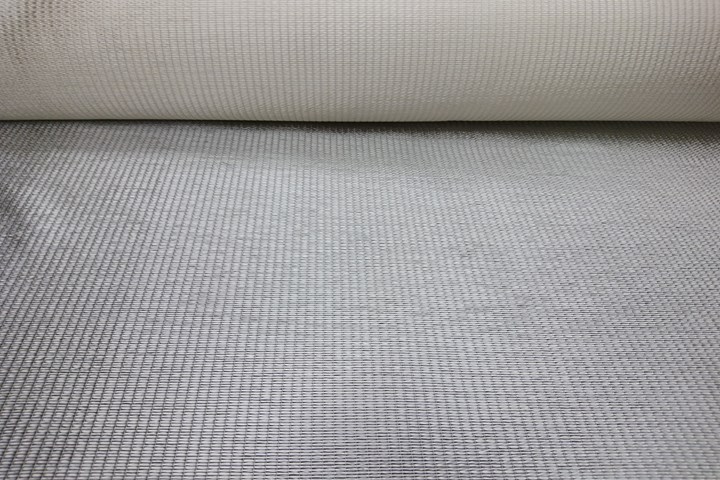German consortium develops biopolymer-based Cellun composite
German Institutes of Textile and Fiber Research (DITF) and partners present a conventional composite material alternative using cellulose that can be processed using industrial processing methods.
In collaboration with Germany-based project partners CG TEC Gmbh (Spalt), Cordenka (Obernburg), ElringKlinger (Stuttgart), Fiber Engineering (Karsruhe) and Technikum Laubholz (Göppingen), the German Institutes of Textile and Fiber Research (DITF, Denkendorf) are developing a new fiber-reinforced composite material, called Cellun, with reinforcing fibers made of cellulose. The material’s matrix is a thermoplastic cellulose derivative that can be processed using industrial processing methods such as hot pressing or pultrusion. As Cellun is made from renewable biopolymers, DITF says it enables the replacement of glass or carbon fibers in the production of industrial molded parts.
Organosheets — pre-consolidated, semi-finished sheet products with a thermoplastic matrix and various fiber reinforcements in a wide variety of textile designs — are increasingly being used within the fast-growing segment of lightweight composite construction, particularly for their ability to produce highly recyclable, highly functionalized components with reproducible quality using “fast” processes such as hot pressing, thermoforming, injection molding with organosheet inserts or pultrusion.
The textile reinforcements, however, which mainly consist of glass, carbon, basalt or aramid fibers, are energy-intensive to manufacture and recycle, and can only be recycled in an increasingly low-grade condition.
In contrast, DITF and its partners note that Cellun is a more sustainable alternative. To produce it, thermoplastic-derivatized cellulose fibers, used as the matrix, are combined with non-fusible cellulose fibers to form a hybrid roving. The cellulosic-reinforcing fibers used are regenerated fibers from Cordenka and HighPerCell cellulose fibers developed at DITF.
Cellun is now being further developed to industrial maturity as part of a joint project funded by the German Federal Ministry of Economics and Climate Protection (BMWK). The DITF’s primary tasks are the production of suitable, cellulose-based reinforcing fibers and the embedding of the fibers in the thermoplastic cellulose derivative matrix. The material is further processed within in-house pilot plants into technical hybrid rovings and hybrid textiles. Using pultrusion and thermoforming processes or injection molding, DITF says molded parts can finally be produced that illustrate the technical application possibilities of the new material.
In an additional project step, the focus will be on 100% recycling of Cellun once it reaches its end of life. Two different approaches are being researched for this purpose — to thermally reshape Cellun-molded parts without any loss of quality, or to chemically separate the Cellun composite material into its individual components again. These can then be used again as new starting materials.
Overall, the novel materials have the potential to offer semi-finished technical product markets an environmentally friendly, resource-conserving and cost-effective alternative to established composites in the lightweight construction and automotive sectors.
Related Content
-
Sulapac introduces Sulapac Flow 1.7 to replace PLA, ABS and PP in FDM, FGF
Available as filament and granules for extrusion, new wood composite matches properties yet is compostable, eliminates microplastics and reduces carbon footprint.
-
PEEK vs. PEKK vs. PAEK and continuous compression molding
Suppliers of thermoplastics and carbon fiber chime in regarding PEEK vs. PEKK, and now PAEK, as well as in-situ consolidation — the supply chain for thermoplastic tape composites continues to evolve.
-
Thermoplastic composites welding advances for more sustainable airframes
Multiple demonstrators help various welding technologies approach TRL 6 in the quest for lighter weight, lower cost.















